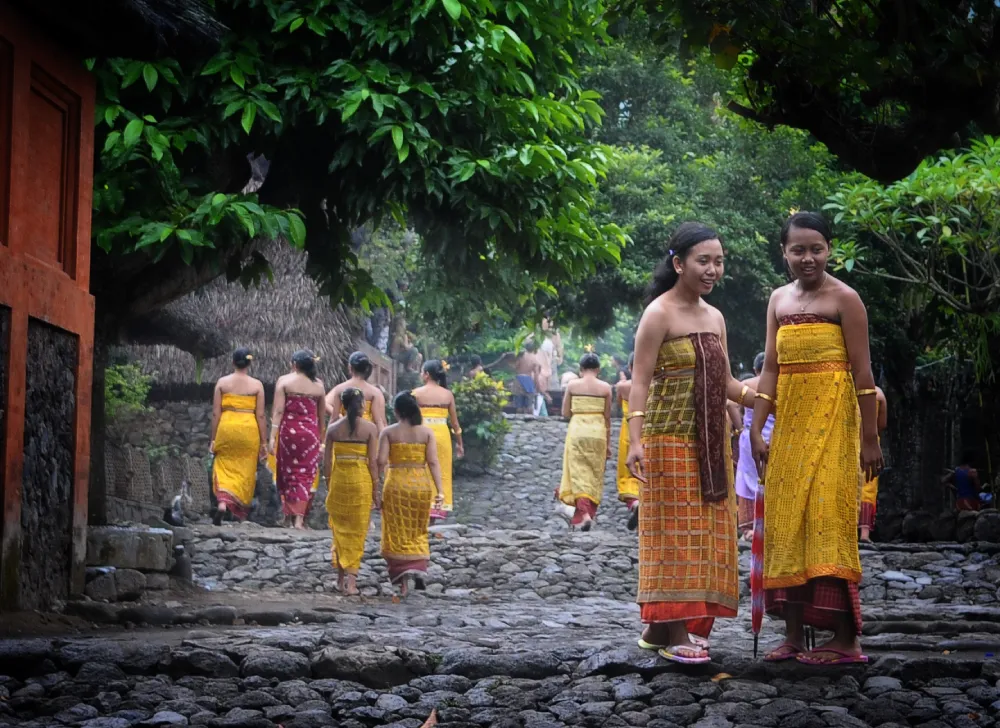
With the rising success of Bali’s restaurant scene, the food and beverage industry are increasingly championing island produce and producers. Chefs and restaurateurs have bolstered their support of local economies and sustainability. This relationship has fostered innovation and improvements in the region’s agricultural industry. Yet, challenges arise for the future of farming in Bali, which if not addressed could lead to domino effects on the local dining scene.
Written by: Ronatal Siahaan & Edward Speirs
Visit any restaurant in Bali and you may be subjected to proud statements of where ingredients have been sourced: the freshest fruits and vegetables from the fertile Bedugul highlands, heritage rice from Jatiluwih rice terraces, specialty coffee from Kintamani. Ingredients have become a showcase of Bali’s bounty: how fertile, rich and thriving its environment is. But beyond pride, this has been instrumental in supporting local farmers across the island.
“Sourcing locally has many positive impacts,” shares Chef Chris Salans, founder of Mozaic Ubud. “Importantly, it helps and develops the local agricultural industry, which should be part of our responsibilities as local business owners. From a chef’s perspective, it just means ingredients are more fresh and therefore tastier, which is at the heart of producing and serving good food.” Since its inception 23 years ago, Mozaic Ubud has made unique Indonesian ingredients the focus of the culinary offerings.

“One of the main incentives for developing agriculture in Bali comes from the fact that there are so many high-quality restaurants on the island. With the demand for high-quality ingredients, this incentivises farmers,” explains the veteran restaurateur.
That is certainly the case, as Bali’s food and beverage industry gets increasingly sophisticated, the agricultural industry must keep up. As a result, specialised ingredients previously not grown on Bali can now be sourced from local soils. One supplier catering to such needs is Island Organics Bali (islandorganicsbali.com), a sustainable agricultural farm in Baturiti, Tabanan, Bali. With an emphasis on quality and a dedication to moral farming methods, Island Organics Bali (IOB) has become a significant player in Bali’s agricultural scene.
“We can’t compete with the local farmers. So, the only way for us to compete is by growing something that they don’t grow. What gives us money is the crops that chefs from all over the world demand for. Those crops are the exotic ones,” says Co-Founder of Island Organics Bali, Ramadani Yudha Prasetya, or Rama.
The farm, which spans four and a half hectares, cultivates a wide variety of organic produce, such as leafy greens, exotic veggies, herbs, fruits, and root vegetables. Instead of mass-producing everyday vegetables, IOB cultivates exclusive crops specifically for upscale Balinese restaurants, carving out a unique space in the local market. Moreover, IOB constantly innovates to support the F&B industry, introducing an impressive 10-15 new vegetable varieties annually.
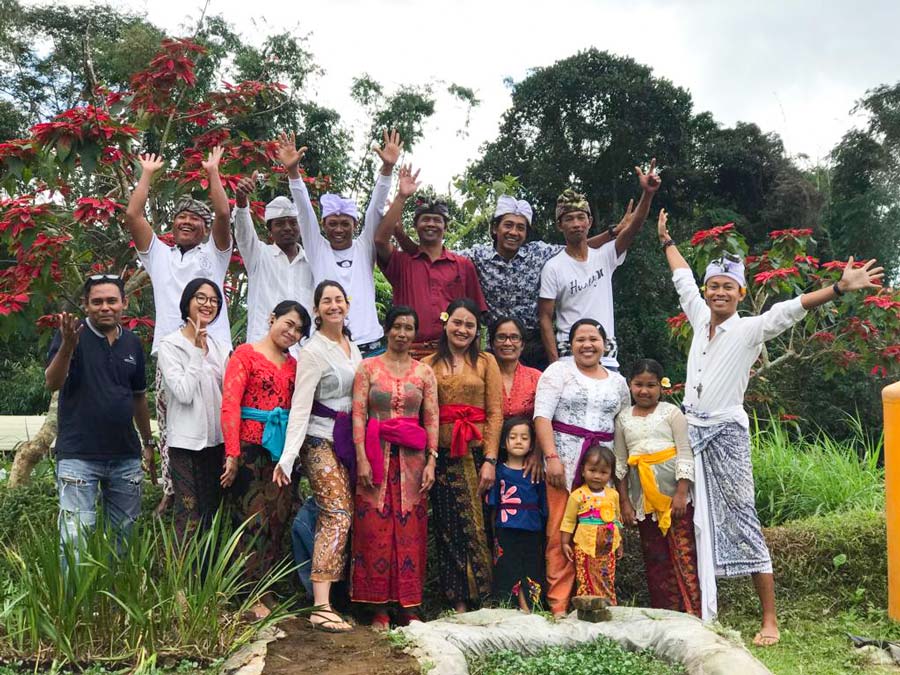

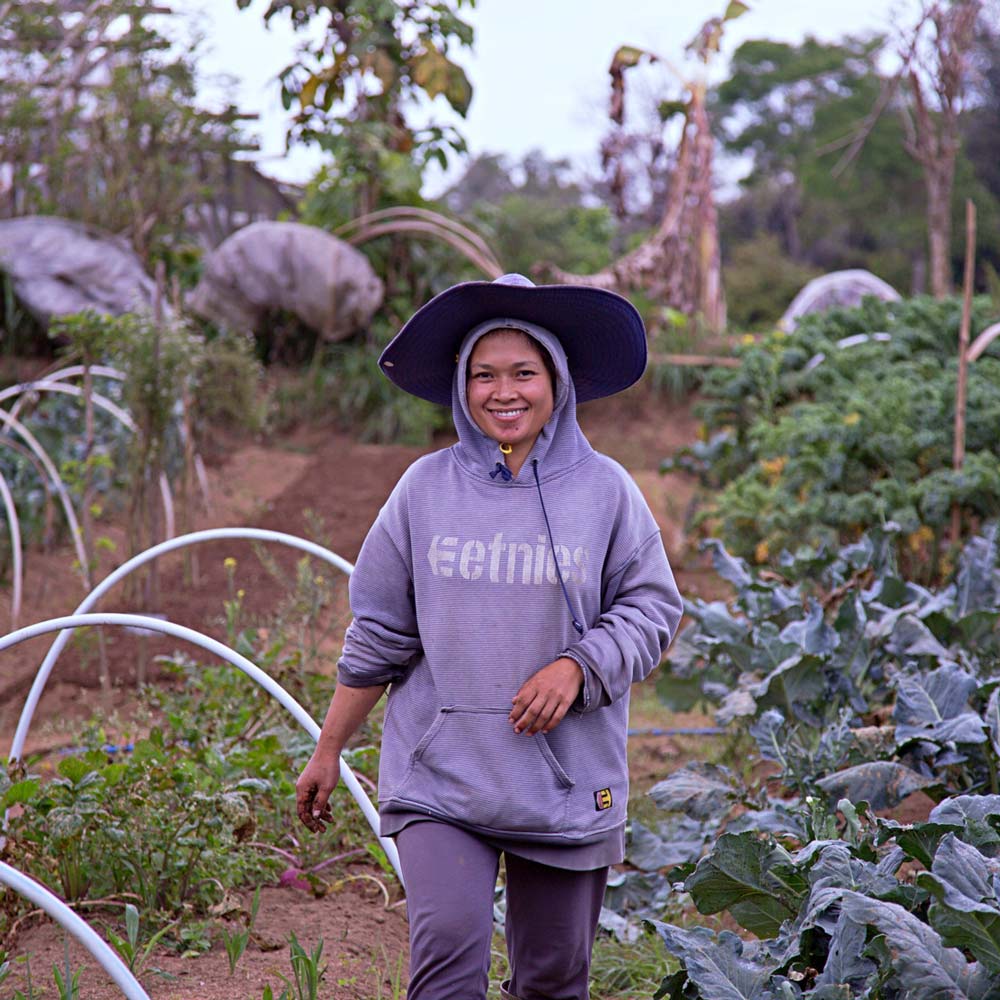
The restaurant industry has set increasingly strict standards, and not all farms on the island area able to meet these sophisticated requirements. This is where IOB successfully bridges the farm-to-kitchen expectations. They prioritise educating farmers on sustainable production, cost-effectiveness, and pesticide awareness. This involves teaching techniques for producing healthy, safe food while safeguarding the soil’s health for future generations. Rama believes education is the key to Bali’s agricultural future and indeed, IOB is one example of how industry demand has driven a rise in quality.
For example, when it comes to pesticide awareness, IOB educates farmers to make informed choices and reduce reliance on harmful chemicals, such as education surrounding different types of pest control. “Of course we use pesticide, but a green pesticide and biopesticide,” shares Rama. “We want to keep the soil healthy. But then, we also have to think and be creative on how to sustain the business.”
Yet, Rama notes a worrying decline in the attractiveness of farming, particularly for younger generations. His challenge has been to make farming a more appealing career choice. “How could you convince people? How could you make a new generation of farmers if the job itself is not sexy anymore? At the end of the day, you need a role model,” says Rama.
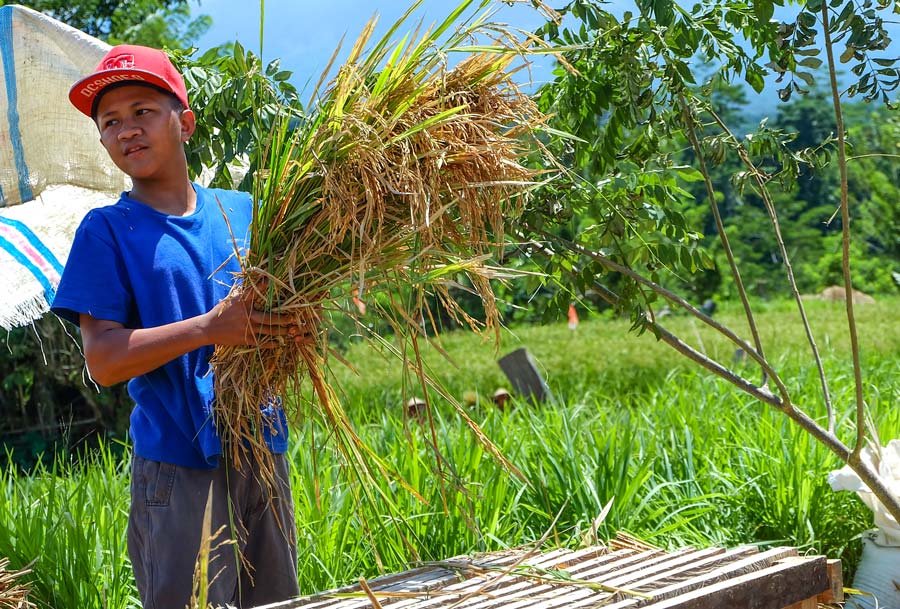
This is a crucial sticking point in Bali. Whilst tourism and the dining industry is driving a demand for more locally-sourced produce, it is simultaneously shrinking agricultural capacity. Firstly, younger generations are being pulled to more lucrative careers, be it in tourism, or other more urban positions, as education and standards of living improve. Secondly, land-use changes show a diminishing of green areas, agricultural or otherwise, as land is being converted into villas, restaurants, hotels, residential complexes, shophouses etc.
According to the 2023 Census of Agriculture done by the Central Bureau of Statistics in Bali (Badan Pusat Statistik Bali), out of the 361,673 farmers on the island, the millennial generation (defined as those 19-39 years of age) account for only 15.18 percent. This generation is supposed to be the leading workforce in coming years, and this drastic drop in numbers is cause for concern for Bali’s food security. The effects are seen in a comparison done between 2013 and 2023, where over a ten-year period the number of agricultural households has fallen in every category: food crop (-34.13%), paddy (-26.03%), horticulture (-24.19%) and livestock (-27,57%).
Meanwhile, another study (A.B Rimba et al, 2020) measuring land use and land coverage (LULC) projected a conversion of agricultural-to-built environment of 501% between 2000 and 2015 — that’s 25,589 hectares. The study goes on to say “According to the land cover modelling tool, the built-up area will increase by approximately 43% (35,363.16 Ha) from 2015 to 2025.”
These two factors are actually linked, as the study notes: “Interviews with farmers were conducted during the field visit; the reasons for land conversion were due to economic factors and a lack of policies… Farmers left their fields and moved to the city for tourism- related jobs (e.g., hotel or restaurant staff, guide, driver, etc.), or even to be construction workers. As a result, the young generation prefers working in the tourism sector rather than in farming, which leads to abandoned farmland and thus massive land conversion.”

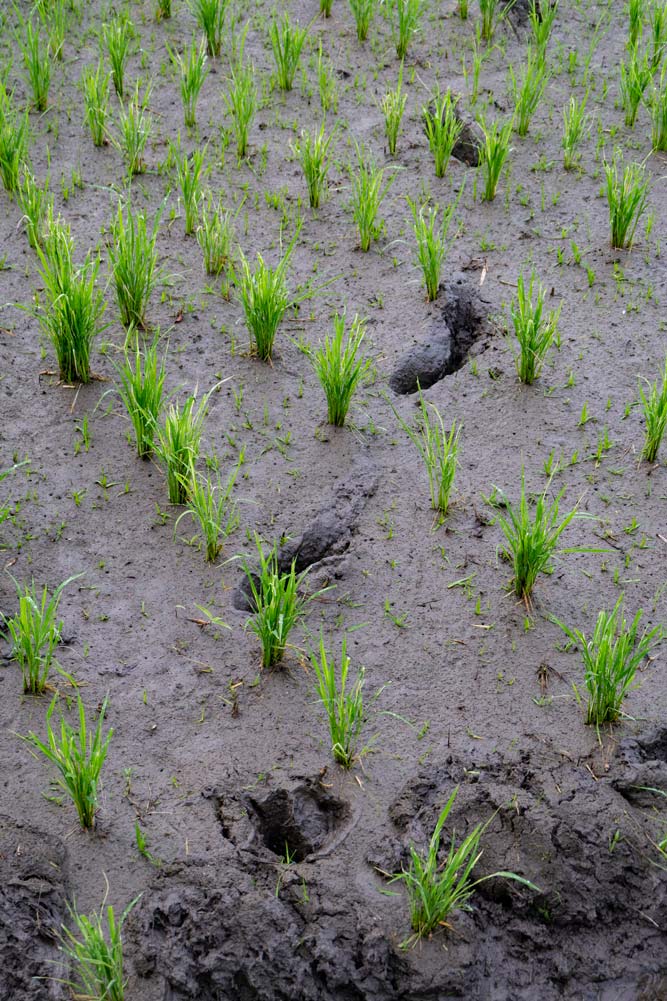
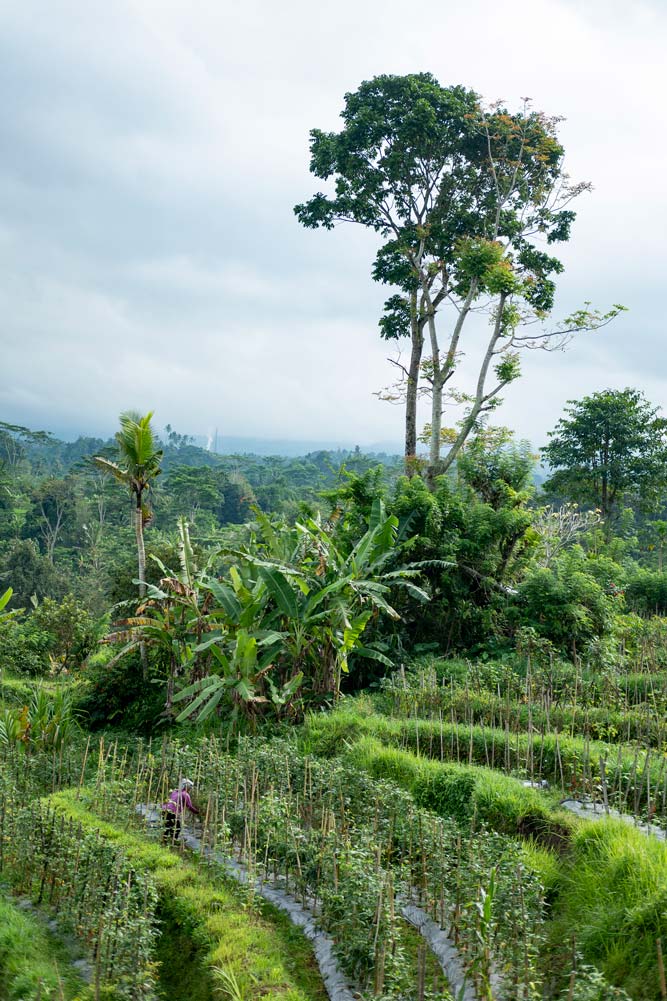

The constant influx of new restaurants highlights the booming tourism industry in Bali. While this growth excites entrepreneurs, concerns arise about ensuring its long term sustainability — and if indeed Bali has the human resources in the right sectors to feed both the local population and the industry. “Every day there must be a new restaurant. How much can Bali accommodate these tourists? What’s the solution? We need better planning,” comments Rama. Furthermore, the co-founder thinks government involvement is crucial, perhaps exploring options like microcredits could be beneficial. Managing this surge requires comprehensive planning involving all stakeholders, including businesses, government, and organisations.
However, necessity is the mother of invention and interesting developments are merging the hospitality and agriculture sectors. A handful of successful restaurants and hotels have begun creating their own farms, in some cases on-site, blurring the lines between the tourist, culinary and agricultural industries.
One example is the AYANA Farm, a two-hectare project found inside of the AYANA Bali complex in Jimbaran growing a diverse variety of vegetables, fruits, herbs, edible flowers and medicinal plants (‘apotek hidup’, or living pharmacy). Not only is the farm used to supply the estate’s many restaurants, guests can take part in immersive education experiences from guided walks to hands-on workshops. In Ubud, the Viceroy Bali’s own Green House produces organic vegetables and fruits for their restaurant, Cascades Bali, and allows for their culinary team to foster a deeper and more direct connection to their produce, learning and developing farming skills to add to their expertise in the kitchen.
Another notable example, run by the non-profit Begawan Foundation, approaches this integration from the other way around. Their farm project, rooted in Payangan, Gianyar Regency, works closely with farming communities to help them transition to regenerative agricultural practices, reversing the adverse effects that agrochemicals have on soil health — a widespread issue across Bali. They now harvest 1.5 hectares of ‘Mansur heritage rice’, and their purpose-built permaculture farm provides education in livestock, poultry, aquaculture, beekeeping, butterfly & insect farming, vermiculture, and composting. Building upon this, the Begawan Foundation has developed a restaurant and cooking school called Sweet&Sawah where visitors can discover local cuisine and agriculture simultaneously. This visitor-focused experience will then support the growth of local farming initiatives in the area.
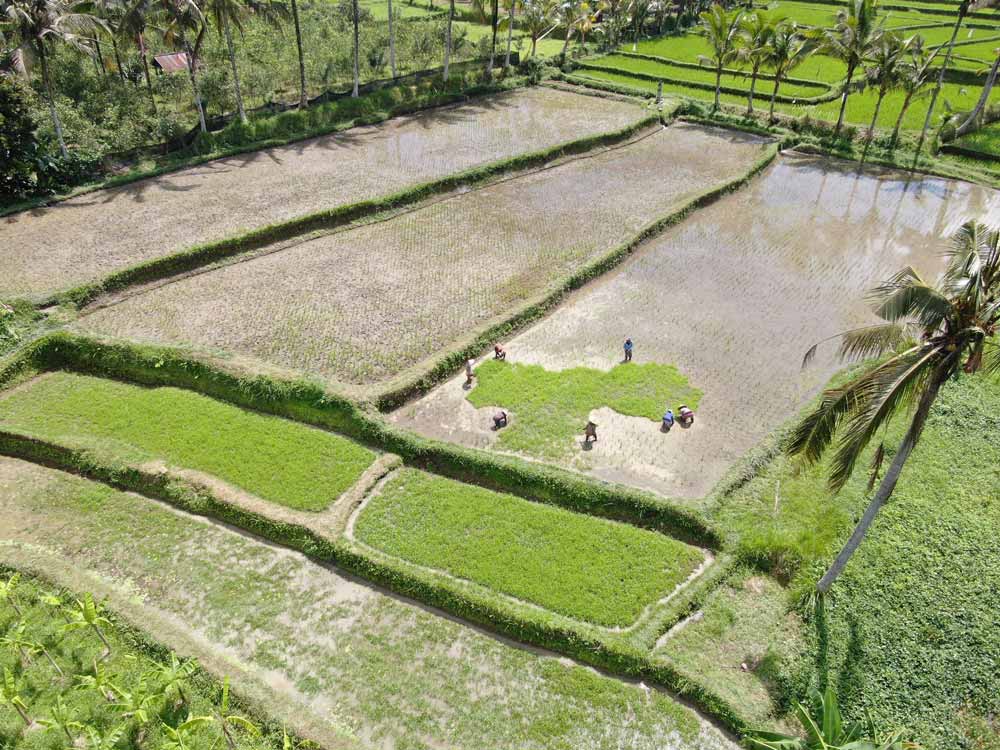
Farming has a stigma in Indonesia of being a ‘backward’ profession, but these examples of how tourism and agriculture can be integrated help to shift its perception as a more ‘respectable’ contemporary career and indeed provide a better wage — which ultimately is at the crux of the industry’s continuation. A modern, science-based approach to agriculture would certainly be key to making the industry more appealing as well.
Without a doubt, it is a positive development that Bali’s food and beverage scene is promoting and supporting locally-sourced goods. But as the culinary industry grows, it must do so in balance with the carrying capacity of the island. Though many years away from immediate concern, the seeds must be planted today to ensure a sustainable future for Bali’s farms and food production.
References
• ‘Complete Enumeration Results of the 2023 Census of Agriculture Bali Province, Edition 1’ – Badan Pusat Statistik Bali
• ‘Identifying Land Use and Land Cover Change from 2000 to 2025 Driven by Tourism Growth: A Study Case in Bali’ – A.B. Rimba et al, 2020.
